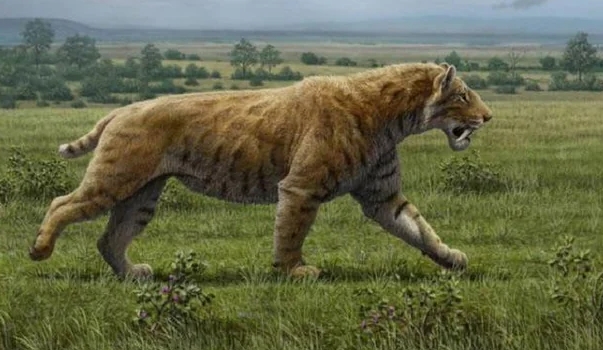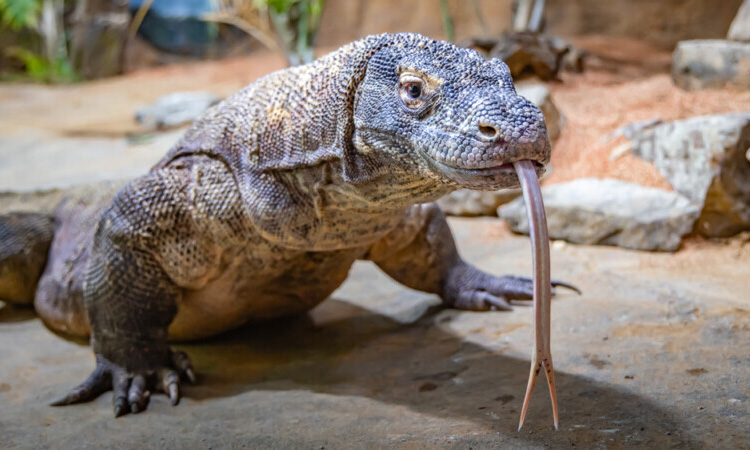The saber-toothed tiger, also known as Smilodon, is one of the most iconic prehistoric predators that roamed the Earth during the Pleistocene epoch. With its distinctive elongated canine teeth and robust build, this formidable carnivore has captured the imagination of scientists and enthusiasts alike for centuries.
Physical Characteristics
One of the most striking features of the saber-toothed tiger is its elongated canine teeth, which could reach lengths of up to 11 inches in some species. These formidable weapons were used for stabbing and slashing prey, allowing the saber-toothed tiger to deliver devastatingly precise and lethal attacks. Additionally, saber-toothed tigers had robust bodies and powerful forelimbs, enabling them to subdue large prey and dominate their ecosystems as apex predators.
Habitat and Distribution
Saber-toothed tigers inhabited a wide range of environments across North and South America, from grasslands and savannas to forests and scrublands. Fossil evidence suggests that they were highly adaptable predators capable of thriving in various ecological niches, although they were most commonly associated with open habitats where they could pursue large herbivores such as mammoths, bison, and ground sloths.

Hunting Behavior
Despite their fearsome appearance, saber-toothed tigers were not as fast or agile as modern big cats like lions or cheetahs. Instead, they relied on ambush tactics and brute strength to overpower their prey. By using their powerful forelimbs to pin down their victims and delivering precise, fatal bites with their saber-like teeth, saber-toothed tigers were highly effective hunters capable of bringing down even the largest of herbivores.
Extinction
The exact reasons for the extinction of the saber-toothed tiger remain a subject of debate among scientists. While factors such as climate change, habitat loss, and competition with other predators likely played a role, there is no consensus on the primary cause of their demise. Some researchers speculate that changes in environmental conditions and the disappearance of their prey species may have contributed to their extinction, while others propose that increased competition from more efficient predators hastened their decline.
Legacy and Cultural Significance
Despite their extinction over 10,000 years ago, saber-toothed tigers continue to captivate the human imagination and hold a prominent place in popular culture. From ancient cave paintings to modern-day films and literature, these iconic predators have left an indelible mark on the collective consciousness of humanity, serving as symbols of power, strength, and primal instinct.
Conclusion
In conclusion, the saber-toothed tiger remains one of the most fascinating and enigmatic creatures to have ever walked the Earth. With its distinctive physical characteristics, formidable hunting prowess, and enduring cultural significance, this iconic predator continues to intrigue scientists and enthusiasts alike as we strive to unravel the mysteries of its ancient past. While the saber-toothed tiger may be extinct, its legacy lives on as a testament to the incredible diversity and evolutionary history of life on Earth.




